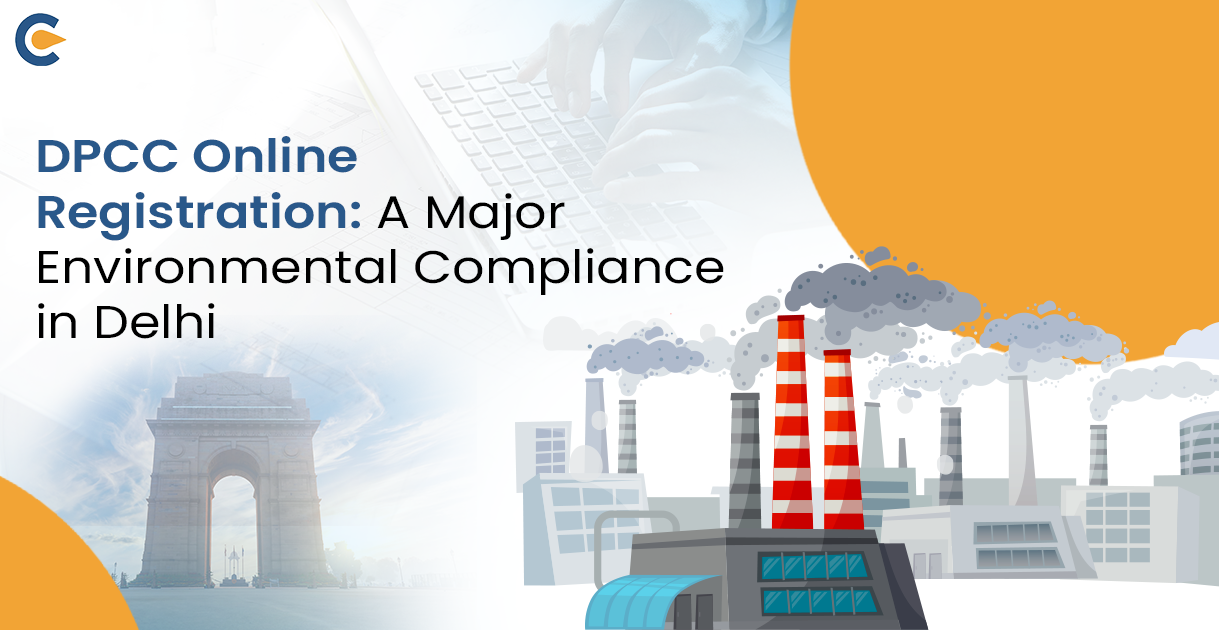Currently, India is in its developing phase and surely, it will become a superpower in the future. As India is developing, the Electric Vehicle Business is also picking pace with 100% FDI possible, new manufacturing plants and an increased push to improve charging infrastructure. Also, the Government of India introduced various subsidies and policies favouring deeper discounts for Indian manufactured electric 2-wheelers and a boost for localised ACC battery storage products for the Indian Electric Vehicle Business. Furthermore, in Sep 2021, a PLI Scheme or Production-Linked Incentive Scheme for the automotive sector was approved by the Cabinet to increase the manufacturing of electric vehicles and hydrogen fuel cell vehicles. As per the report in 2021, Indian sales of over 3 lakhs Electric Vehicle units. In this blog, we will discuss Electric Vehicle Business in India.
Importance of Electric Vehicles in India
We already know that Greenhouse Effect, which directly leads to climate change, is primarily due to moto vehicle gas emissions. Harmful gases like CO2 and the greenhouse gases like methane and nitrous oxide, and post-electric. The oil is also going to be empty in the future. Therefore, Electric Vehicle is the only option left for easy transportation and saving the environment. Also, Electric Vehicles have some advantages like being highly efficient, low maintenance, eco-friendly, smooth to drive, cost-effective, etc.
What are the Growth Targets of Electric Vehicle Business in India?
The automotive industry in India is the 5th largest in the world and is slated to be the 3rd largest by 2030. Catering to a massive domestic market, the belief that the conventional modes of fuel-intensive agility will not be sustainable. In order to address this, policymakers are developing a mobility option, i.e., Connect, Shared, and Electric and have projected an aspiring target of achieving 100% electrification by 2030.
By making the shift towards Electric Vehicles or EVs, India stands to benefit on many fronts; it has a related abundance of renewable energy resources and availability of skilled manpower in the technology & manufacturing Sectors.
As per the study by CEEW-CEF (CEEW Centre for Energy Finance), the Electric Market Business in India will be 206 billion US dollars opportunity by 2020 if India maintains steady progress to meet its determined 2030 target. This would need a cumulative investment of over 180 billion US dollars in vehicle manufacturing and charging infrastructure.
Another study by IESA or India Energy Storage Alliance projects that the Indian Electric Vehicle Business or market will grow at a CAGR of 36% by 2026. The Electric Vehicle battery is also projected to grow at a CAGR of 30% during the same period.
What is the e-AMRIT Portal?
The Government of India launched a website called e-AMRIT at the COP26 Summit in Glasgow, which will work as a one-stop destination for all details on Electric Vehicles. It addresses key concerns regarding the adoption of Electric Vehicles and their purchases like Electric Vehicles charging facility locations and Electric Vehicle financing options & information regarding government policies, investment opportunities, and available subsidies for manufacturers & drivers.
An Overview of PLI Schemes by the Government of India
In May 2021, the Government of India (GoI) introduced a PLI Scheme (Production-Linked Incentive Scheme) for ACC Battery Storage Manufacturing, which will incentivise the domestic production of such batteries (Make in India) and lessen the dependence on imports. This will support the Electric Vehicles industry with the requisite infrastructure and will significantly cause a reduction in EVs cost.
In Sep 2021, the Government of India approved a PLI Scheme for the automobile & drone industry, which aims to stimulate high value advanced automotive technology products & vehicles, including Green Automotive Manufacturing. The PLI Scheme has two different components:
- Champion OEM Incentive Scheme: This scheme is a sales value linked scheme applicable only to hydrogen fuel cell vehicles and battery electric vehicles.
- Component Champion Incentive Scheme: This is also a sales value linked scheme, applicable on advanced automotive technology vehicle components, CKD or Completely Knocked Down or Semi Knocked Down (SKD) kits 3-wheelers, 2-wheelers, commercial vehicles, passenger vehicles, and tractors, etc.
Different Companies to Enter in Indian EV Market
Currently, Tesla’s primary focus is on building its manufacturing hubs all around the world and they have already spent billions of dollars in Texas, Germany, Texas, Austin, and Brandenburg for that and they have finally arrived in India. Many automobile companies have already started to make their effort.
Shockingly, the popular smartphone company Apple is also going to start manufacturing Electric Vehicle cars in the automobile market and not only the giant companies like Huawei but Xiaomi are also coming into this race as per the reports and Samsung will provide chipsets and other electronic equipment such as sensors to its partner. This will boost business opportunities in this industry for small-scale industries.
Following are some business opportunities in Electric Vehicle Business in India:
- Battery Swapping Technology;
- EV Equipment Manufacturing;
- Public EV Charging Stations;
- Solar Electric Vehicle Charging;
- Home Charging Stations;
- EV Dealership & Franchise;
- Battery Recycling Business.
Development of Electric Vehicle Business in India
Estimations:
In April 2019, Niti Aayog published a report termed “India’s Electric Mobility Transformation“, which pegs EV or Electric Vehicles sales penetration in India at 70% for commercial cars, 40% for buses, 80% for 2 and 3-wheelers, and 70% for commercial cars by 2030. If these targets are achieved, it could lead to a net reduction of 14 ExaJoules (EJ) of energy & 846 million tons of CO2 (Carbon Dioxide) emissions over the deployed vehicles’ lifetime. Until 2030, EVs sold can cumulatively save 474 million tons of oil equivalent over their lifetime, worth US$ 207.33 billion. This will definitely help India fulfil its global commitments to lower carbon emissions & increase the use of cleaner sources of energy & transportation as required by NDCs under the UNFCCC.
Policy Measures:
- NEMMP: This plan was launched in 2013 by the DHI (Department of Heavy Industry[1]) as a roadmap for more rapid manufacture and adoption of Electric Vehicles in India.
- FAME Phase-1: As part of this plan, the Faster Adoption & Manufacturing of Hybrid and EVs in India (FAME) Scheme was notified in April 2015 to promote the manufacture of electric & hybrid vehicle technology. It has primarily focused on 4 aspects: technology platform, charging information, demand creation, pilot projects and demand creation.
- FAME Phase II: This was launched in 2019 for 3 years; this scheme has an expenditure of US$ 1.36 billion to be utilised for upfront incentives on the EVs purchase and supporting the development of charging infrastructure. This phase primarily focuses on supporting the electrification of public transportation and intends to support via subsidies around 5 lakhs electric 3-wheelers, 55,000 electric 4-wheelers, and 7,000 electric buses.
- Amendments to FAME Phase II: In 2021, the Government announced further amendments to the Phase II to give a boost to the demand for Electric Vehicles among customers. In this revised policy, the subsidy per electric 2-wheelers, which is connected to the battery size, has been increased to Rs. 15,000 per KWh from Rs. 10,000, Moreover, electric 2-wheelers manufacturers can now give discounts of up to 40% to customers, which is a significant raise from the earlier cap of 20%. The amendments or changes in the policy have been hailed by industry stakeholders who are now expecting the 2-wheelers Electric Vehicle Business to clock sales of over 6 million units by 2050.
- Department of Science & Technology: It has launched a huge challenge for developing the Indian Standards for EV charging infrastructure.
- Ministry of Power: It has explained that charging Electric Vehicles is considered a service, which means that operating Electric Vehicle charging stations will not need a license and it has also issued a policy on charging infrastructure to enable the quick adoption of Electric Vehicles. On 14 Jan 2022, the revised united Guidelines and Standards for Charging Infrastructure for EVs were promulgated.
- Ministry of Road Transport & Highways (MoRTH): It has announced that both commercial and private battery operated vehicles will be issued Green License Plates. It has also informed that all battery-operated, ethanol-powered, and methanol-powered transport vehicles will be exempted from the commercial permit requirement.
- Niti Aayog: The NMTMBS has been approved by the Cabinet, and the inter-ministerial guidance committee of the Mission will be directed by the CEO of Niti Aayog. The Mission intends to create a PMP or Phased Manufacturing Program for 5 years till 2024, to aid in setting up the large scale, export-competitive integrated batteries and cell-manufacturing Giga plants in India. On 20 Apr 2022, Niti Aayog released a Draft Battery Swapping Policy and invited comments by 05 Jun 2022.
Some Challenges Faced by Electric Vehicle Business
- High costs;
- Lower Mileage;
- Higher dependency on imports;
- Inadequate charging infrastructure;
- Limited options.
Conclusion
The Electric Vehicle Business has not done that much good due to the Cov-19 outbreak, but it will take a massive jump in upcoming years. Electric Vehicles will be game-changing in terms of environment, post-electric, noise-pollution free, air pollution-free, etc.











